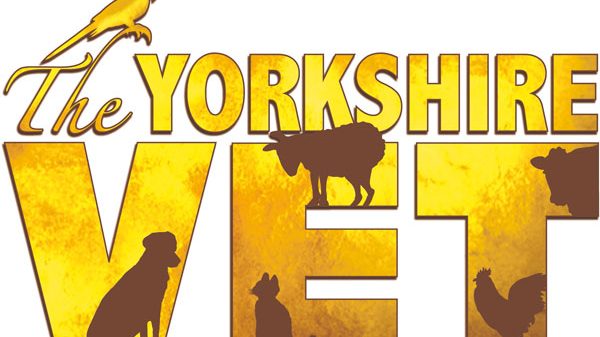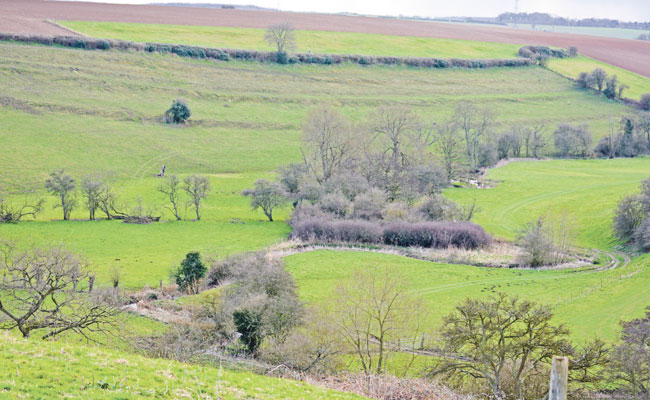−−− BY LINZI DAVIES −−−
In February, love is in the air. Valentine’s Day is a day to show your partner how much you love them or let somebody know they have a secret admirer with a card and a gift such as a bouquet of red roses. The best way to let someone know you are ‘sweet’ on them though must surely be a decadent box of chocolates – and York is the city we have to thank for this delicious treat!
There is a whole story of chocolate in Yorkshire’s capital, and in this month’s feature we look at how even though York’s history is woven in tales of Romans and Vikings, there is a much sweeter side to the heritage of this incredible city.
What Actually Is Chocolate?
Chocolate comes from the seeds of the cacao tree, which are small evergreens native to the tropical regions of South America. When raw, they are incredibly bitter so need to be fermented. The beans are then dried and roasted, after which the shell is removed to harvest the cocoa nibs – natural chocolate in its rough form. The nibs get ground into cocoa mass which is then liquified by heating. Once it becomes liquid, the chocolate liquor is then cooled into its two parts of cocoa solids and cocoa butter. These are then used in varying combinations, with the addition of sugar and other ingredients to create the different types of chocolate. White chocolate contains no cocoa solids, only the cocoa butter mixed with sugar and milk. Although the cacao is native to South America, around two thirds of the world’s cocoa today is produced in West Africa.
Ancient History
Historically speaking, chocolate – or cacao was used very differently to how it is today. The Mesoamerican people including the Maya and the Aztecs gathered the seeds of the cacao tree and made it into drinks as early as 1900 BCE. But rather than the hot chocolate you imagine enjoying in front of a fire during winter, during this time, the white pulp around the beans was used as a source of fermentable sugars to create an alcoholic drink. By 400 AD, the Maya grew cacao trees and made a warm, bitter drink with the beans. By the 15th century, the Aztecs were in charge, but living in the Mexican highlands meant they could not grow cacao themselves, and it was instead a luxury item that they imported. Cocoa beans were often used as currency in the area, with an avocado being worth three beans, and a turkey 100! Rather than drinking it warm, the Aztecs drank the chocolate cold, and often flavoured with chillies. Both civilizations also associated chocolate with human sacrifice – the Maya identifying the removal of beans from the pods with removal of the human heart, and the Aztecs coloured their drinking chocolate with achiote to resemble sacrificial blood.
Christopher Columbus brought cocoa beans back to Spain, and the drink eventually spread across Europe where it was enjoyed with the addition of sugar, honey and sometimes vanilla.
The Introduction Of Chocolate In York!
The very first experience of chocolate by the English was a missed opportunity. A Spanish shipment of cocoa beans was captured off the coast of Britain in the 16th century, but it was mistaken for sheep droppings and burned! Of course, it did eventually arrive on our shores to be enjoyed as a drink, as in the rest of Europe.
The beginning of York’s reputation as the ‘Chocolate City’ can be attributed to a revolutionary woman by the name of Mary Tuke. As a 30-year-old spinster, she became head of her Quaker household when her parents passed away. In 1725 she decided to open her own grocery shop on Walmgate, and successfully rebelled against the trading restrictions imposed by the Merchant Adventurers Company who declared she was ineligible as a woman to run her own shop as she was neither a widow nor a daughter of a member. Despite frequent threats to fine her or close down her business she carried on regardless, being quite the rebel for the times! She took on her 14yr old nephew William as an apprentice, who eventually took over the business from Mary in 1752. The shop had been a general grocer, selling all manner of goods, but under the control of William Tuke, it began to specialise in tea imported from India, and also in the manufacturing of cocoa. They became well known for their popular ‘Tuke’s Superior Rock Cocoa’ – cocoa mixed with sugar and sold in solid blocks ready for making into a drink, and the shop moved to Castlegate. The Tuke business was passed down the family for three generations, until 1857.
Tuke’s Becomes Rowntree’s
Just before the Tuke’s family line ended, Samuel Tuke employed his good friend and fellow grocer Joseph Rowntree Snr’s son Henry Isaac Rowntree. Within three years, Henry was able to take over the cocoa and chocolate side of the business and opened a factory by the river at Tanner’s Moat. In 1866 his rock cocoa won a medal at the Yorkshire Fine Art and Industrial Exhibition and from then on was sold as ‘Prize Medal Rock Cocoa’. By this point, J.S Fry & Sons from Bristol had developed the first solid chocolate bar for eating.
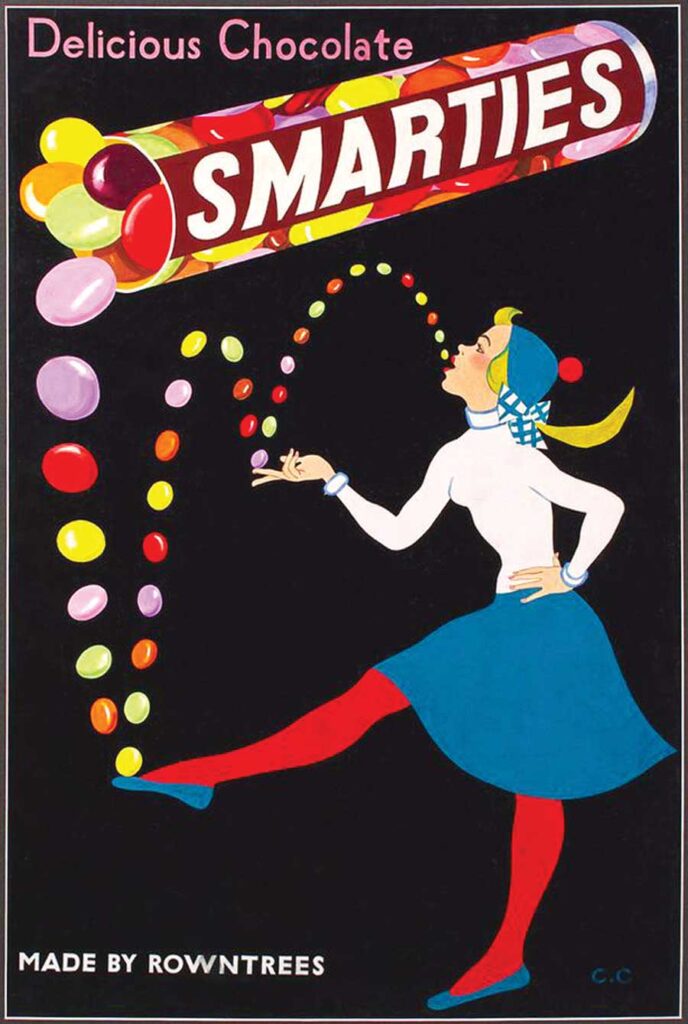
Henry invited brother Joseph Jnr to join him in a partnership in 1869, and the company went from strength-to-strength manufacturing pastilles and Fruit Gums as well as inventing ‘chocolate beans’ which would later become Smarties and offered customers a sweet treat at an affordable price.
In 1885, Joseph, or JR as he preferred to be called, set up a library for employees using a combination of his own money, other funds and docking a penny a week from workers’ pay. The staff library was just the first step in looking after the welfare of their employees – Rowntree’s were among the first companies to offer paid holidays, a pension and a doctor and dentist. The company also commissioned a new factory at Haxby Road as their fortunes improved, and it became a ‘town within a town’.
Some of Rowntree’s most famous chocolates include the Kit Kat and the Aero which were both created in 1935 and have certainly stood the test of time. One of their earlier bars though was ‘Rowntree’s Café-Au-Lait Chocolate’ which was one of the first to include milk. Another which didn’t remain in production was the York Assortment which included York Milk, Plain York and York Motoring. They were revived again in 1976 under the name Yorkie.
The legacy of Rowntree’s still lives on in York with the village of New Earswick which was built for workers and the people of York. Charity still continues from the company too with the Joseph Rowntree Foundation.
Terry’s
Joseph Terry was born in Pocklington in 1793. He served as an apprentice apothecary in York before setting up his own chemist in Walmgate. At around 30 years old he married Harriet Atkinson and gave up his shop to work for her relative Robert Berry who owned a small confectioners. Joseph had not been there long when Robert Berry died, and his son George joined instead with the two men forming a new business named Terry & Berry. This was short lived with George leaving Joseph Terry to run it alone in 1828. Working independently, Joseph Terry gained a reputation in the city for cakes, sugared sweets, candied peel and marmalade, and by the time of his death in 1850, the name of Terry was becoming known around the UK.
His son Joseph Jnr built on the foundations his father had worked so hard to create and expanded the company swiftly. Within four years of his takeover, Joseph Jnr had leased a site along the riverside at Clementhorpe – the River Ouse providing an efficient connection to the North Sea for imports of sugar, cocoa, and coal needed for the new steam-powered machinery within the Joseph Terry & Sons factory.
A price list from Terry’s in 1867 shows 400 items but only 13 of them were chocolate. Demand soon grew though and eventually a specialised chocolate section was created. The firm became a well-established fixture in York, and upon the death of Joseph Jnr in 1898 the Yorkshire Herald reported, ‘There was no person in the city more beloved and respected, and no one who was more possessed of the qualities that constitute a genial and amiable Englishman.’
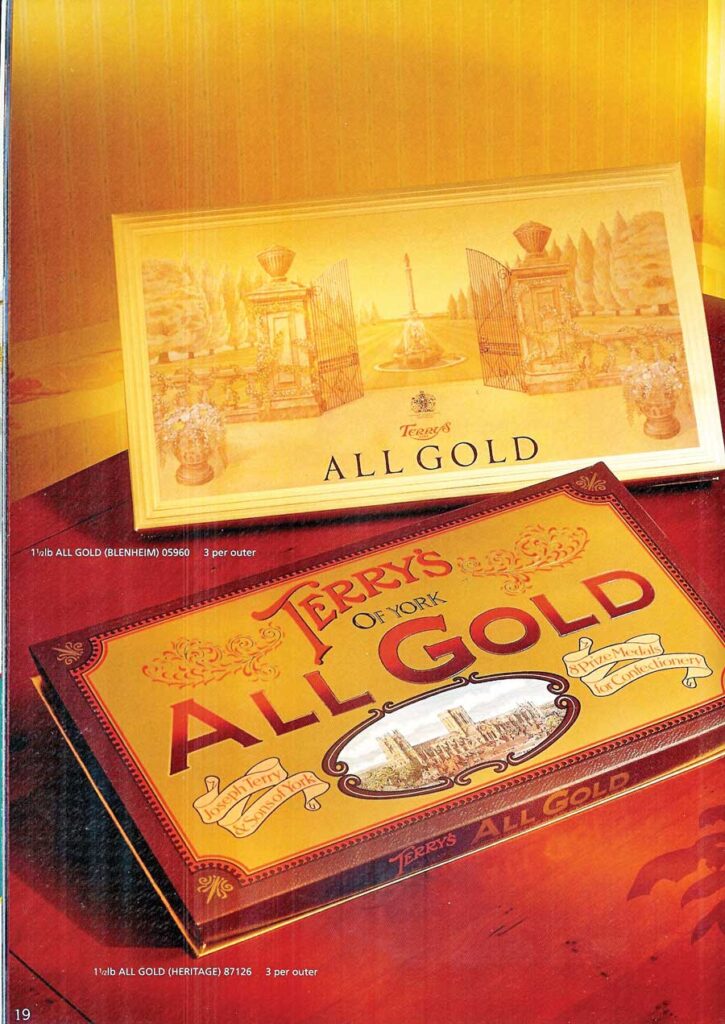
The company passed to his son Francis and grandson Noel, who relocated the factory to the new purpose-built premises off Bishopthorpe Road. It was here that the now famous Terry’s All Gold was first produced in 1930, with the iconic Chocolate Orange following two years later. This much-loved staple was initially called the ‘Dessert Chocolate Orange’ and followed on from Terry’s Chocolate Apple which was invented 6 years earlier. It looked very similar, but the apple flavoured chocolate didn’t prove anywhere near as popular as its orange relative.
During WWII, production halted as F. Hills and Sons, based in Manchester took over the factory to fix and produce propellor blades for military aircraft. After the war had ended, the factory was returned to Terry’s and officially named Terry’s of York although full scale production of confectionary items did not happen for quite some time due to rationing and limited imports.
Chocolate in York Today
Sadly, both the Rowntree’s and Terry’s factories in York are no longer used by the companies. Rowntree’s was purchased by Nestlé in 1988 and they eventually relocated production of Smarties, Dairy Box and Black Magic to other countries in 2006. Nestlé still has a base in York on Haxby Road, but more modern production buildings and warehouses were built, and the original factory is currently being developed into a residential scheme. Terry’s was taken over by Kraft and they closed Terry’s Chocolate Works in 2005. The Chocolate Works has also been extensively developed into residential apartments.
Of course, chocolate still remains a large part of York’s industrial heritage, and one place celebrating this is York’s Chocolate Story which first opened its doors in 2012. York’s Chocolate Story is an entertaining and informative guided tour through the history of York’s most famous chocolate-making families and their finest creations. Visitors discover the origins of chocolate, how to make it, how to taste it like an expert and also discuss the sustainable future of the nation’s favourite treat. The attraction comprises of a fully guided tour, live chocolate making demonstrations from skilled chocolatiers, hands on chocolate making where you decorate your very own treats to take home, and also the exhibition spaces which display some of the most iconic confectionary brands in the world. York’s Chocolate Story is an enjoyable attraction for everyone – chocolate lovers, families and history enthusiasts alike. There is also a chocolate gift shop and café where you can enjoy a variety of sweet treats after the tour. For more information visit www.yorkchocolatestory.com
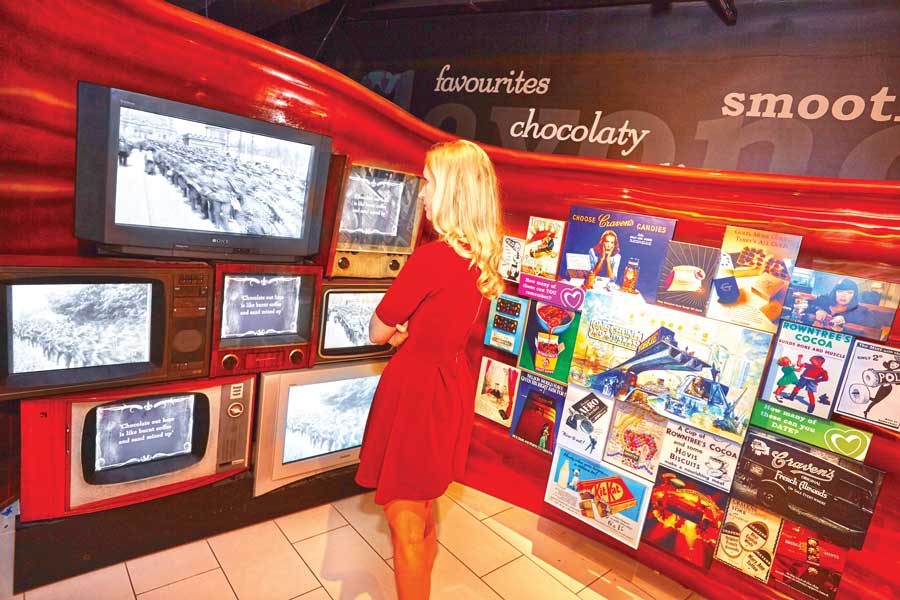
There are also chocolatiers in the city following in the footsteps of the pioneering men and women confectioners of York. You will find that you are easily able to find chocolate shops, book on chocolate making workshops and even factory tours. These modern-day chocolatiers are also pioneering in their own way – making chocolate in a sustainable and ethical way which is kinder to both the planet and the cacao farmers.
For many of us, it is hard to imagine life without chocolate, and we all have our favourite bar. So next time you are indulging, remember the inventive confectioners of York who helped make it all possible!


